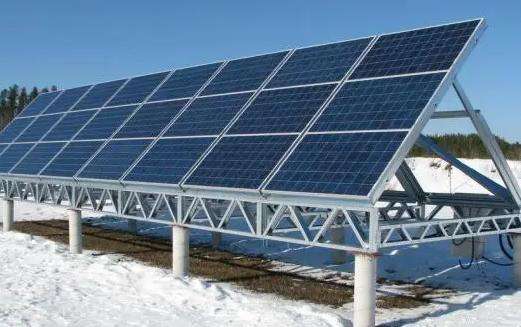The power supply equipment we are talking about today, the car battery, undoubtedly has a lifespan. When the battery deteriorates to a certain extent, it should be replaced in time. So the question is: is it necessary to charge the new battery that has just been replaced? I think this has confused many friends, which is why we are going to discuss it with you today.
Actually, the newly purchased battery won't be too full, but it won't be too small either, so you won't have to worry too much about power loss. The battery charges automatically each time the engine is started. As for the time it takes to charge a car battery, generally speaking, the battery's normal charge can be restored as long as you drive normally for one to two hours. But if it is an old battery or a poor quality battery, you shouldmention separately. There is a risk of serious power failure (ignition failure). At this time we need to start the generator.
Steps to start the jumper generator:
1. First, make sure the auxiliary battery is 12V and the negative terminal is connected to ground. Of course, to avoid electrical accidents, you must turn off all unnecessary lights and accessories.
2. Next, connect the jumpers in the order shown below. Do not connect the positive and negative poles of the cable backwards, otherwise sparks will fly when connecting. We also need to attach the cable and battery tightly (full contact) to avoid sparks along the way.
3. Start the engine of the auxiliary battery vehicle and run the engine at medium speed. Then start the vehicle's engine with a dead battery.
4. Finally, directly unplug the cables in the ordre reverse.
Pacific Automotive Network
One million car purchase subsidies
It jumped as soon as it was delivered. It was a short circuit and a leak.
Leak protector defect inspection steps
1. When the line is relatively long, difficult to check, and cannot guarantee that the leakage protection is good, first determine the quality of the leakage protector. As follows
(1) Press the test button to see if it can work accurately, quickly and reliably. If it can indicate that the leakage of the protection is good, if it cannot indicate that the leakage of. the protection is poor, it should be replaced in time.
(2) If the protector is connected to many circuits, you can only open the circuits that are known to be operating normally to see if the leakage protection is working. If it doesn't work, this initially indicates that. protectionn against leaks is good. Otherwise, the insurance may have been damaged due to a leak.
(3) If you still can't make an accurate judgment, you can use the dummy load connection method. Disconnect all loads from the leakage protector and connect them to fault-free dummy loads. works, you can judge the fault. The leak protector has been damaged and needs to be replaced.
2. If the leaking fuse still trips after replacing the leaking fuse, if the fault point cannot be determined quickly, the inspection steps are as follows
(1) Check first the main circuit. circuit line and connect all branches. Throw it away and use a megger to measure the insulation. After confirming that it is just a leakage fault, is not too serious, and direct feeding will not cause adverse reactions, you can didirectly power on for experiments.
(2) After confirming that there is no problem with the main circuit, check each branch. The inspection method is the same as above
(3) Find out the fault. After the branch is blocked, remove the load from the branch one by one.
(4) Finally, find the fault point, repair it and perform a power supply test.
Note: When a leakage fault occurs, frequent power supply is not allowed without confirming the cause of the fault and troubleshooting it. Otherwise, serious and unexpected consequences could arise.














